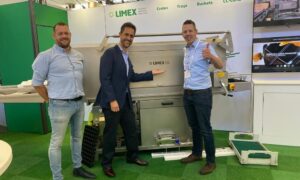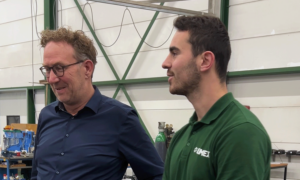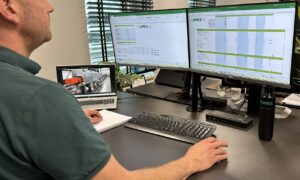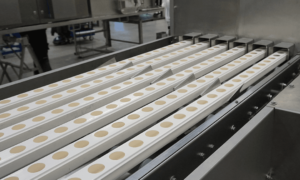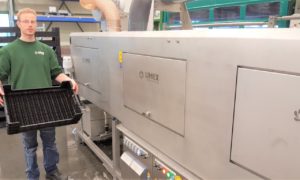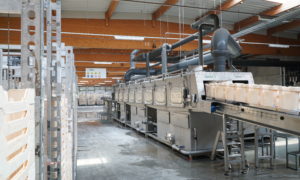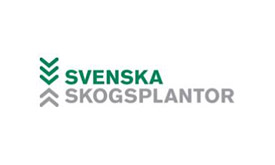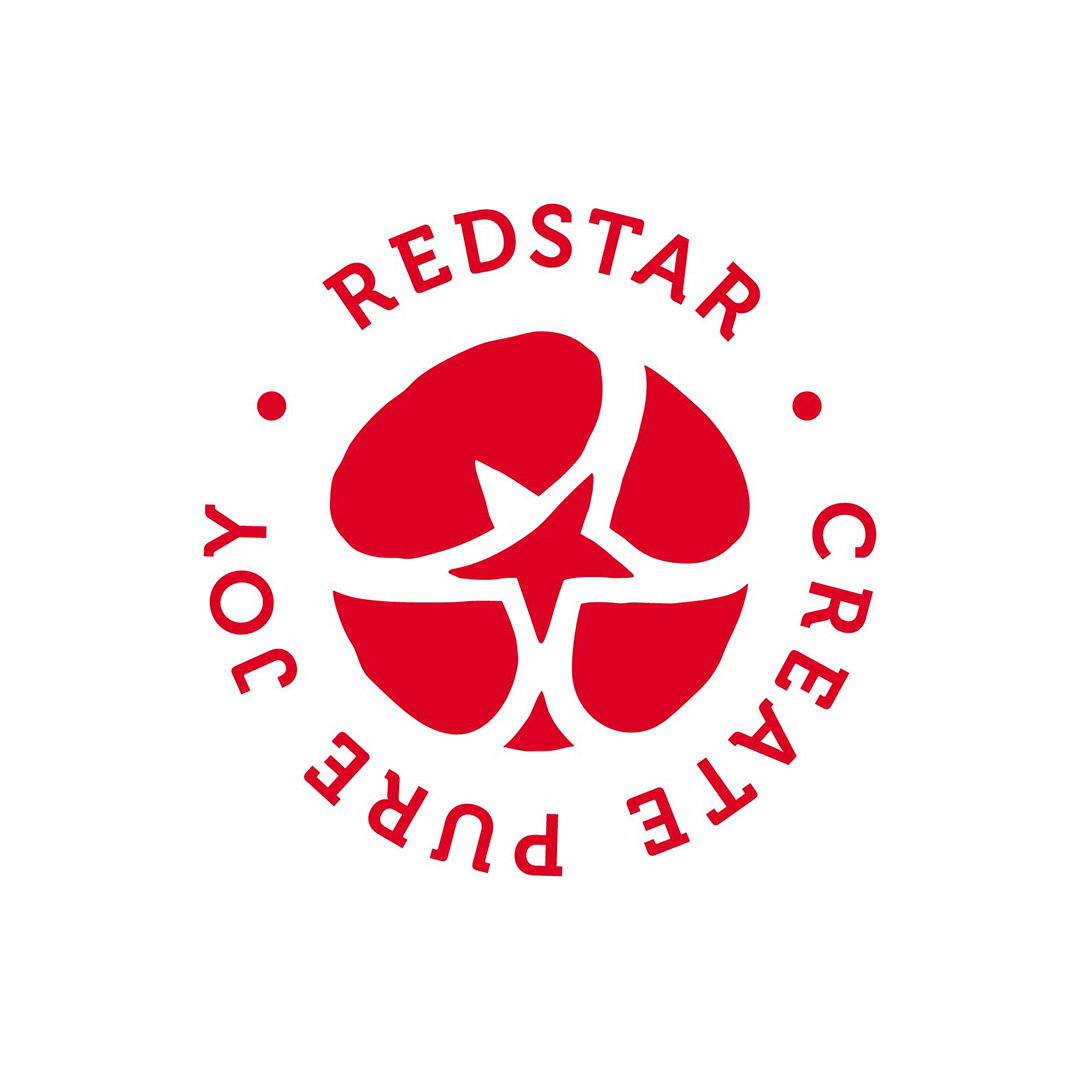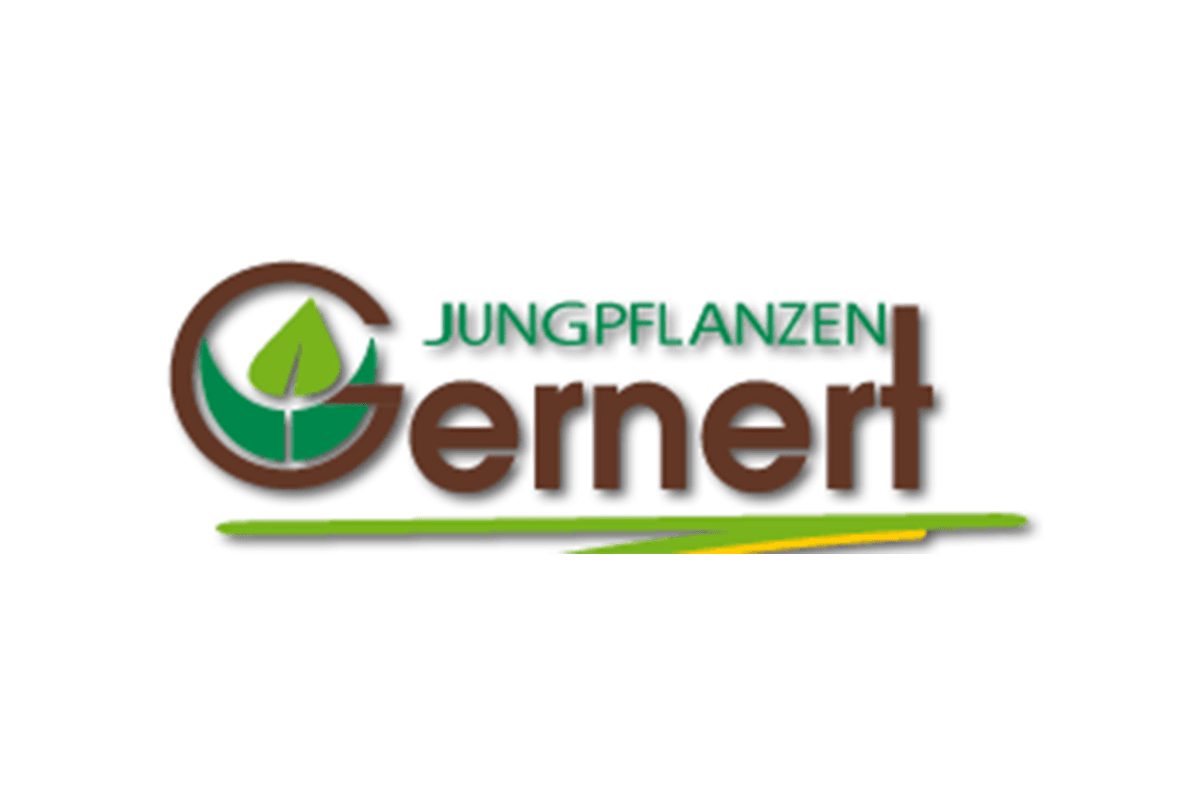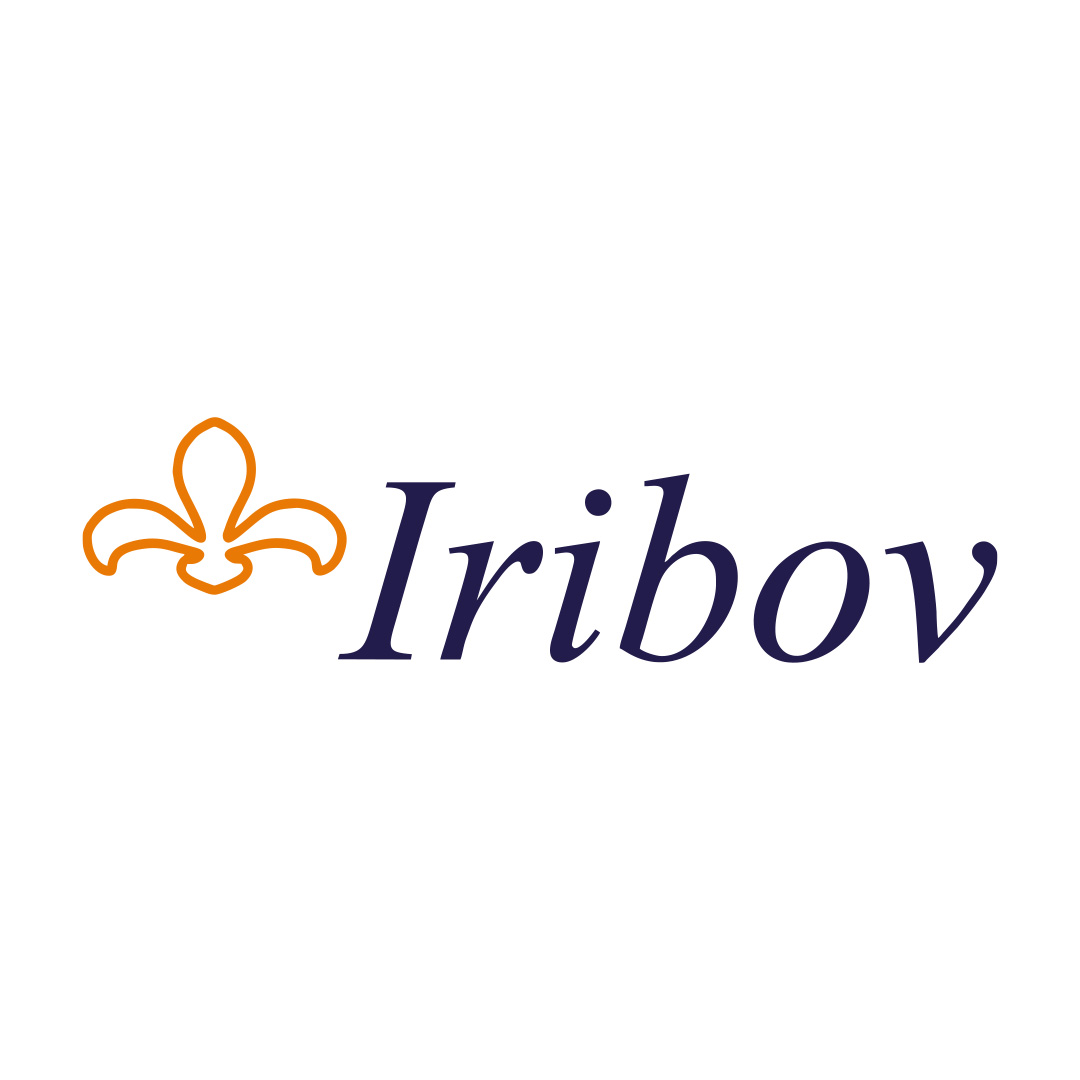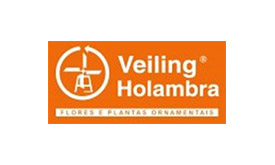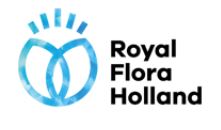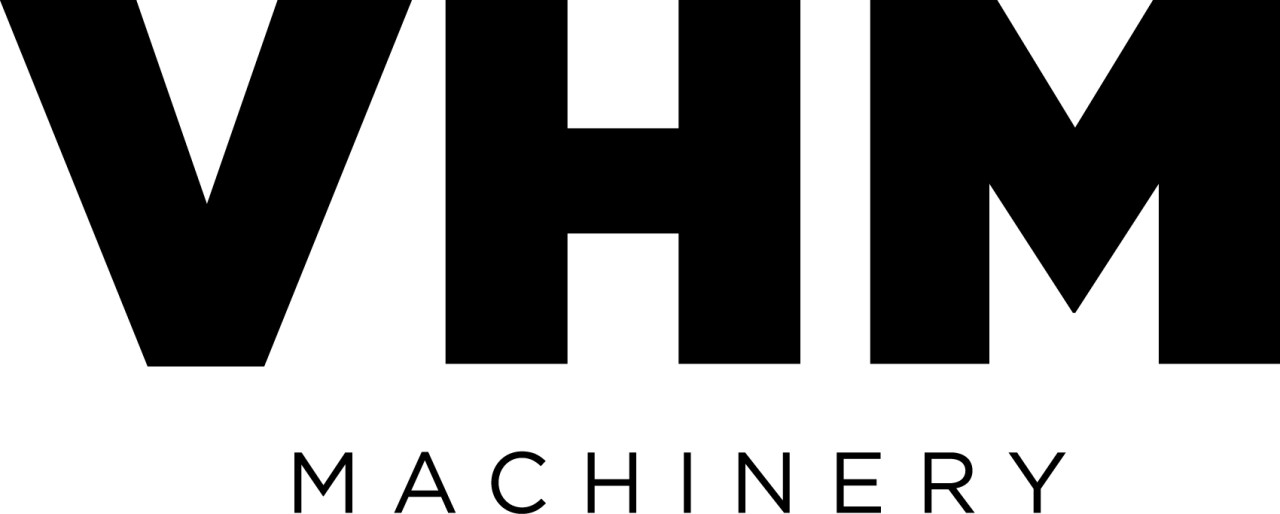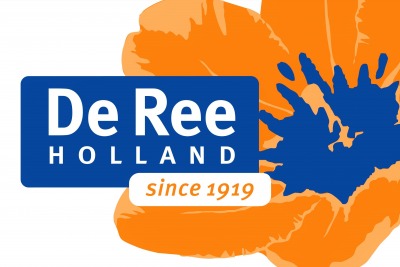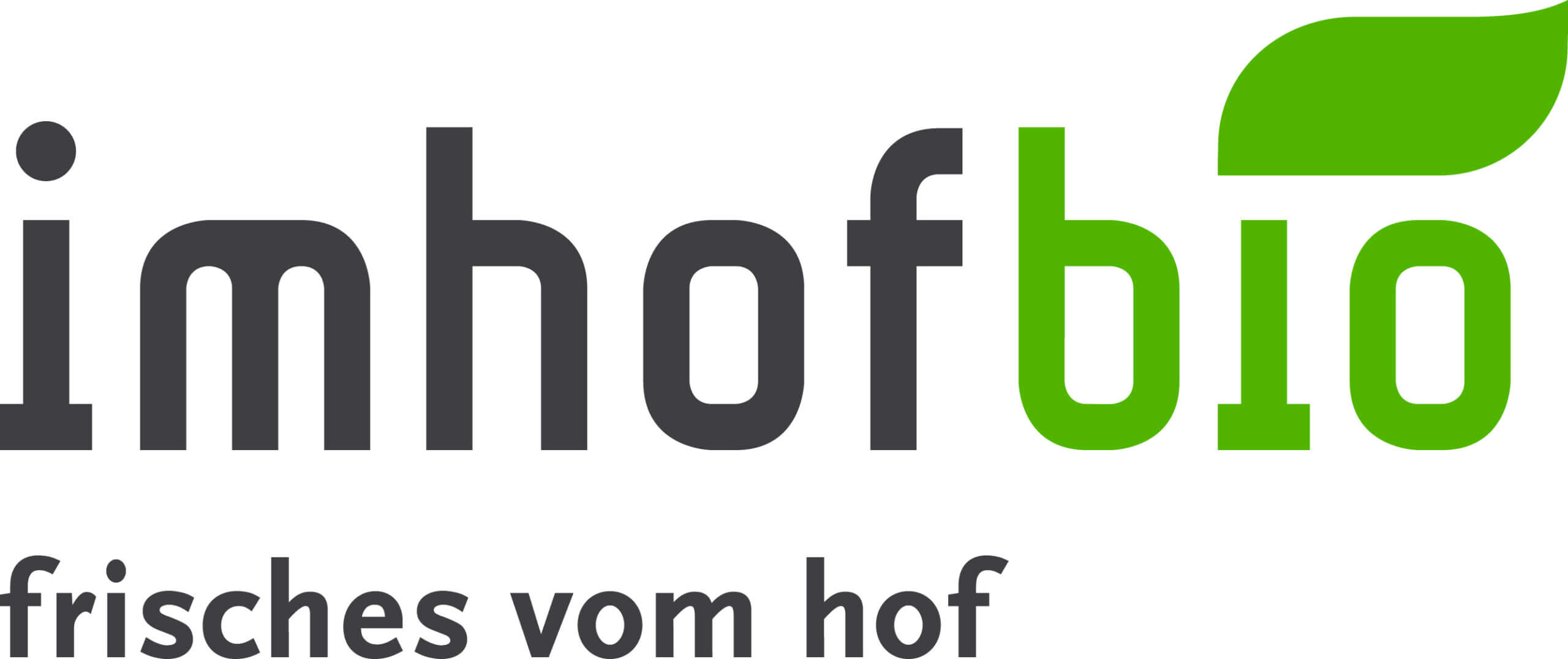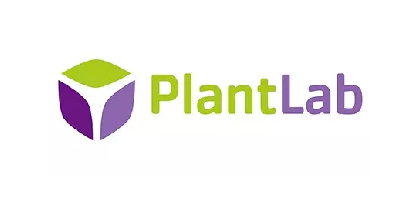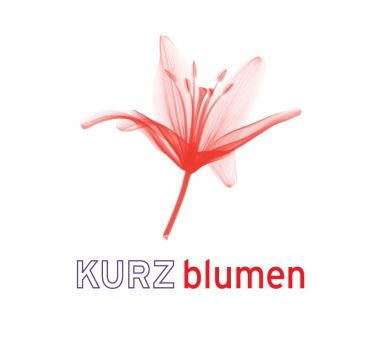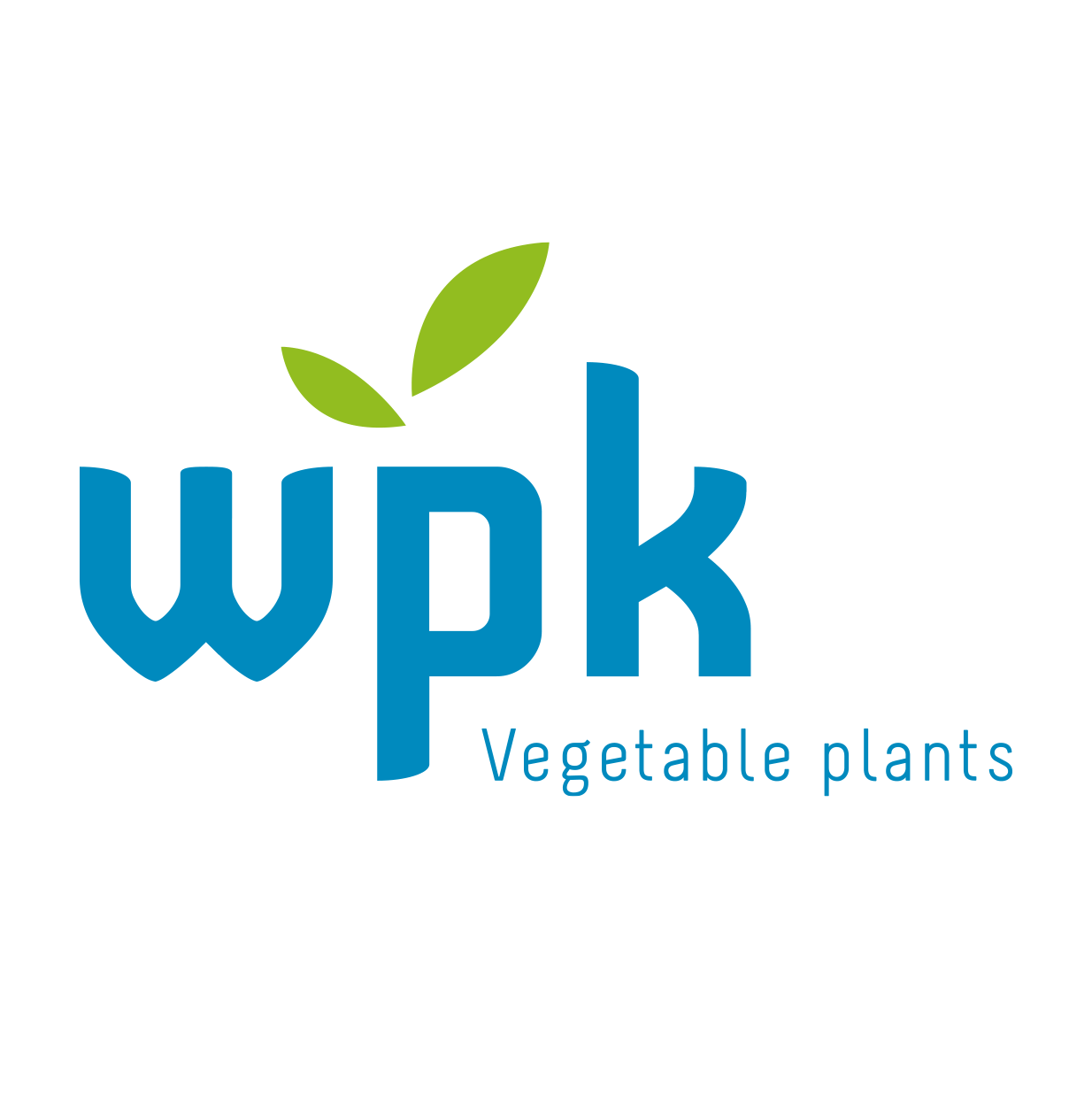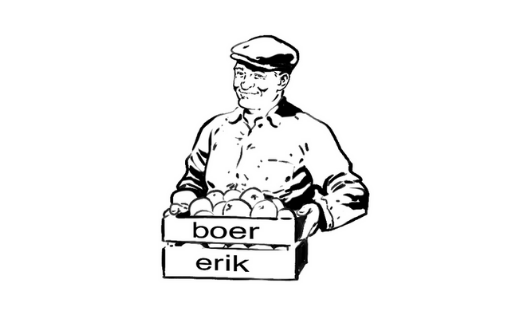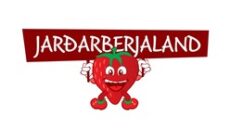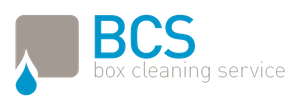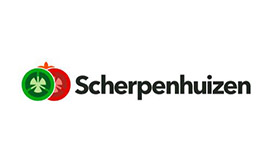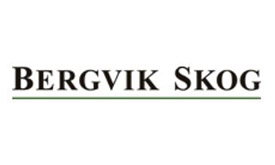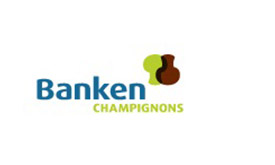The ultimate solution for thorough cleaning of DWC floating rafts and NFT channels in hydroculture systems
There is surging global demand for thorough cleaning of DWC floating rafts and NFT channels in hydroculture systems. Although hydroculture and hydroponic systems have been around for decades, the number of nurseries using these systems is rising sharply. It is essential that the floating rafts and channels used in these systems are cleaned using a process that guarantees high quality results. Any algae, plant remains, substrate and root residues left behind in the rafts and channels can allow moulds such as Pythium to develop. The presence of moulds presents risks for the next growing cycle. The floating raft and channel washers from Limex eliminate the risk of contamination.
Growing demand for DWC floating raft washers and NFT channel washers
Limex has supplied floating raft washers for years, playing an important role in protecting crops grown in hydroponic systems. Due to rapid developments in the market and the technology used in these systems, Limex was increasingly approached with requests to supply washers for NFT channels. In response, Limex decided to develop brand new channel washers and floating raft washers that meet strict hygiene requirements and minimise water consumption. The result: washers that not only clean rafts and channels visually, but also ensure they are microbiologically safe. These washers are also more compact and complete than their counterparts.
Water consumption of gutter and floating raft washers
Various channels washers that were previously already available in the market used fresh water for the washing process. This water was then flushed away and was wasted. Limex raft and channel washers filter the water intensively before it is reused in the cleaning process. This almost completely closed-loop system provides a sustainable solution, which makes Limex channel washers and floating raft washers unique.
Delicate handling of floating rafts
Limex floating raft washers handle the products with extreme care, applying a very low mechanical load on the rafts. Techniques such as banging, turning or brushing the fragile rafts are avoided. This protects the delicate material, for example used in polystyrene rafts, from damage.
A healthy end product needs a clean start
Limex floating raft and channel washers also operate using a specific pressure-to-volume ratio so the washers can easily rinse solid particles such as substrate and root residues from the rafts and channels. Completely removing these residues reduces the risk of contamination in the following growing cycle. Channels and rafts can also be filled for the next growing cycle without problems when they are completely clean.
Use of chemicals in floating raft washers and channel washers
When chemicals are used in the cleaning process, there is a risk of chemical residues remaining on the rafts and channels. Using an alkaline cleaner like soap can certainly improve the cleaning results, but these chemical residues are potentially harmful to the cultivation water. Because of this, it is not recommended to use chemical cleaning agents in hydroculture systems. Disinfectants such as hydrogen peroxide are usually used instead. Limex washers are equipped with dosing units that automatically add hydrogen peroxide. In this way, our washers contribute to safeguarding the quality and health of your crops.
What about disadvantages or blind spots?
Would you like more information about the advantages and disadvantages, possibilities and potential blind spots of floating rafts and channels? Contact us!
